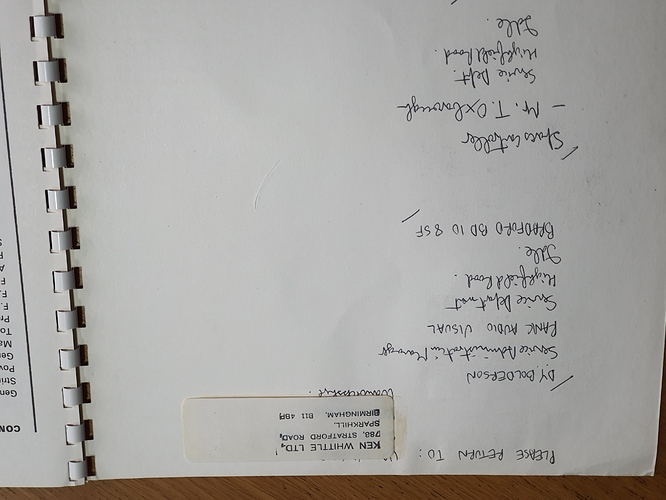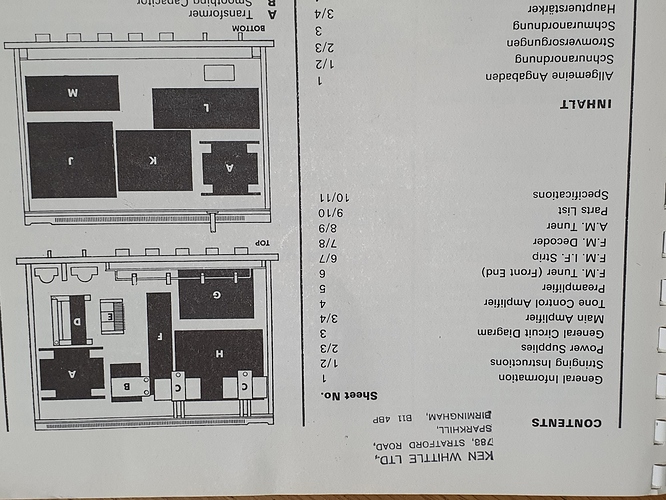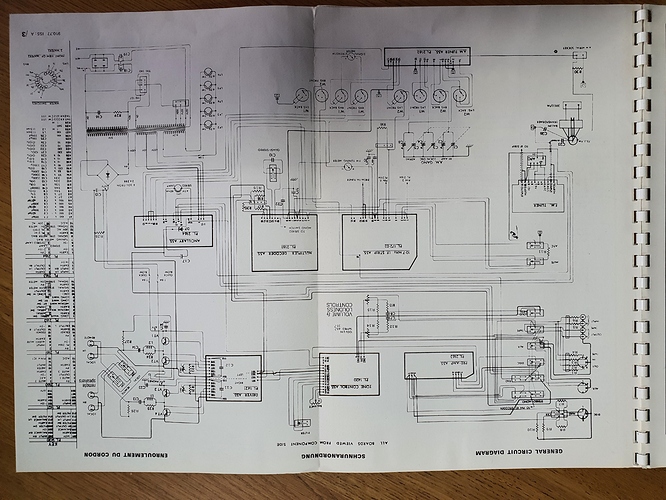Afternoon everyone! Decided today to reconfigure the hifi rack in the lounge and while I’m at it, having a look at the two AD-6600 cassette decks. Beautiful (IMO) pieces of 70’s audio equipment. 
First off, my original one, I’ve always felt it was running a bit ‘off’ in terms of playback speed. I have no equipment to calibrate the speed, just my own sense of what sounds right

There is a speed potentiometer on a small PCB, adjacent to the motor itself.
You can probably make out a very small hole in the board for access to the pot itself. Bought a set of plastic adjustment drivers to have a go at calibrating the speed.
The unit has a dedicated headphone socket which has a fixed output and I can listen to the music without an amp or speakers connected. Very handy when taking over the dining table as a work bench!

it’s Mrs B’s day at the office today!
Anyway, put Supertramp’s Breakfast in America cassette album recorded on CRo2 tape and off I went! Trial and error has won out with same tracks played on Spotify and deck, matching them up to the best of my ability!
All sounds good now

(at least to my ears). Easy fix in the end. Didn’t touch the calibration on the playback/record heads, that was a definite no no for me. Sounds good

and will be better still through the amp and speakers once back in the rack.
On to its brother next. I bought this one as spares and repairs a while back, they’re reasonably rare (only produced in 1978) before being superceded by another revised model (AD-6700 IIRC)
Cosmetically as good if not better than my original one and I didn’t pay a lot for it.
It powers on, VU meters and cassette well all light up, peak meter displays for a second or so and then settles (same function as the other one) but no motor turning at all. New belts fitted all round when I got it, deoxit a plenty, all fuses checked, there are 6 in total, but no motor running.
On that little PCB, mentioned previously, I’ve measured 7 volts to the motor. Nothing there until pressing play, then 7 volts to motor but not turning. I’m wondering if the motor itself is Kaput

I’ve had the motor off the chassis, dismantled as far as I can, doesn’t ‘smell’ like its burnt out. Cleaned what I could get to, reassembled but still not spinning. Spindle moves but feels a little tight, certainly not free running but I wondered if that is normal for this little motor? It is 42 years old and perhaps past its useful life.
Barrie

 bought a second, working one, when I received it, again stopped working!
bought a second, working one, when I received it, again stopped working! 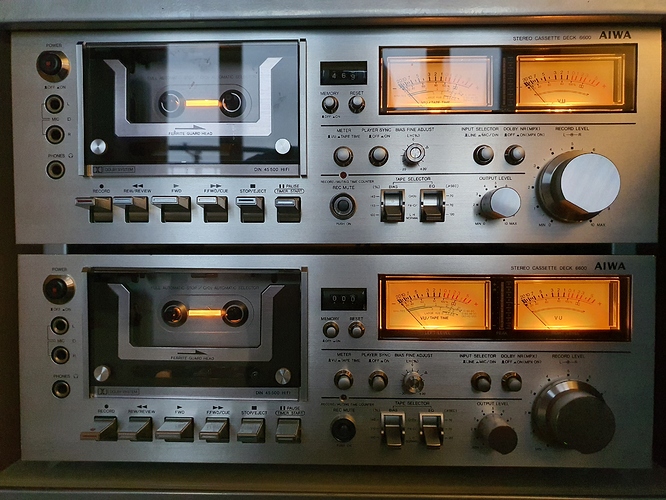

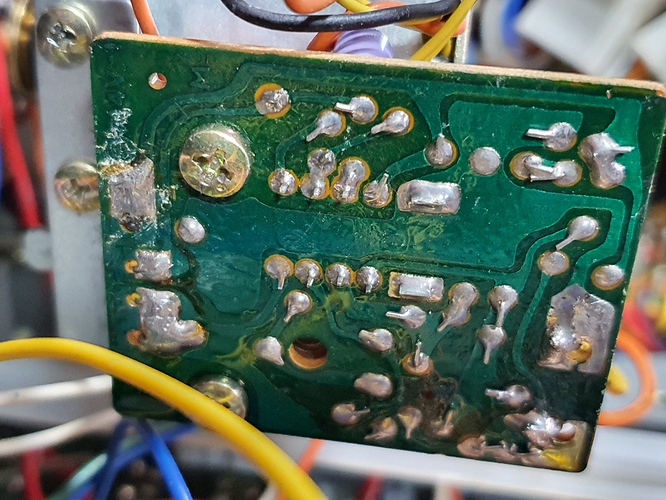
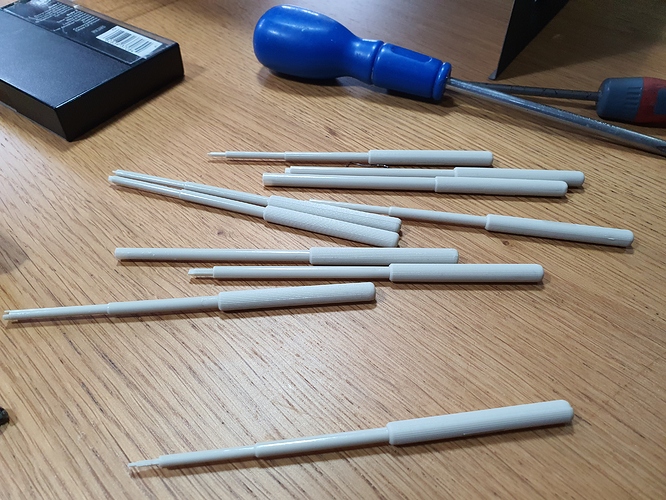
 it’s Mrs B’s day at the office today!
it’s Mrs B’s day at the office today!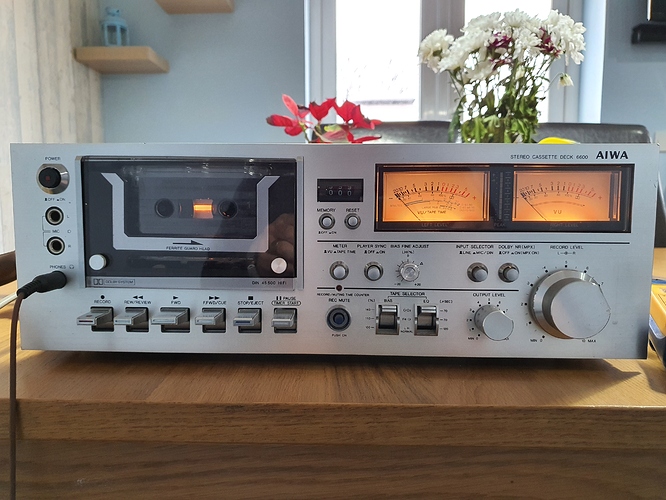
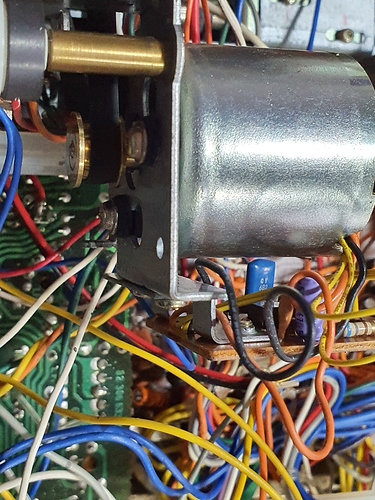
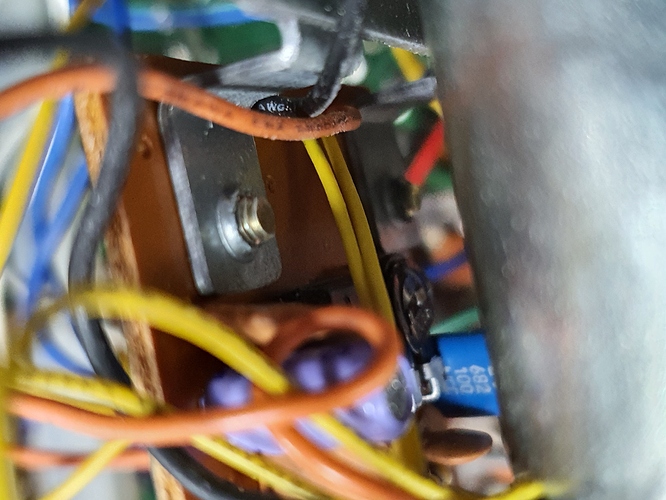
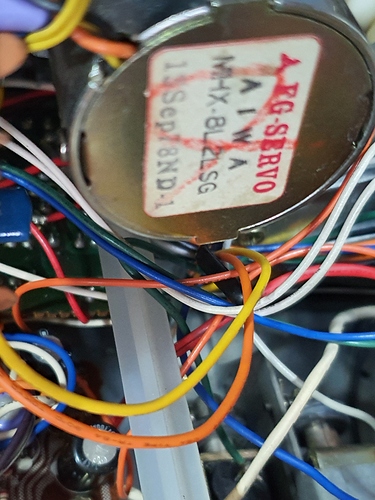



 I have an AIWA AF-3060 Casseiver from the same era with a working motor but other issues ( more of a decorative piece than a functional unit) might have a look in there and see if the motor is the same? Could swap that out if it is. Who needs two cassette decks anyway
I have an AIWA AF-3060 Casseiver from the same era with a working motor but other issues ( more of a decorative piece than a functional unit) might have a look in there and see if the motor is the same? Could swap that out if it is. Who needs two cassette decks anyway 




